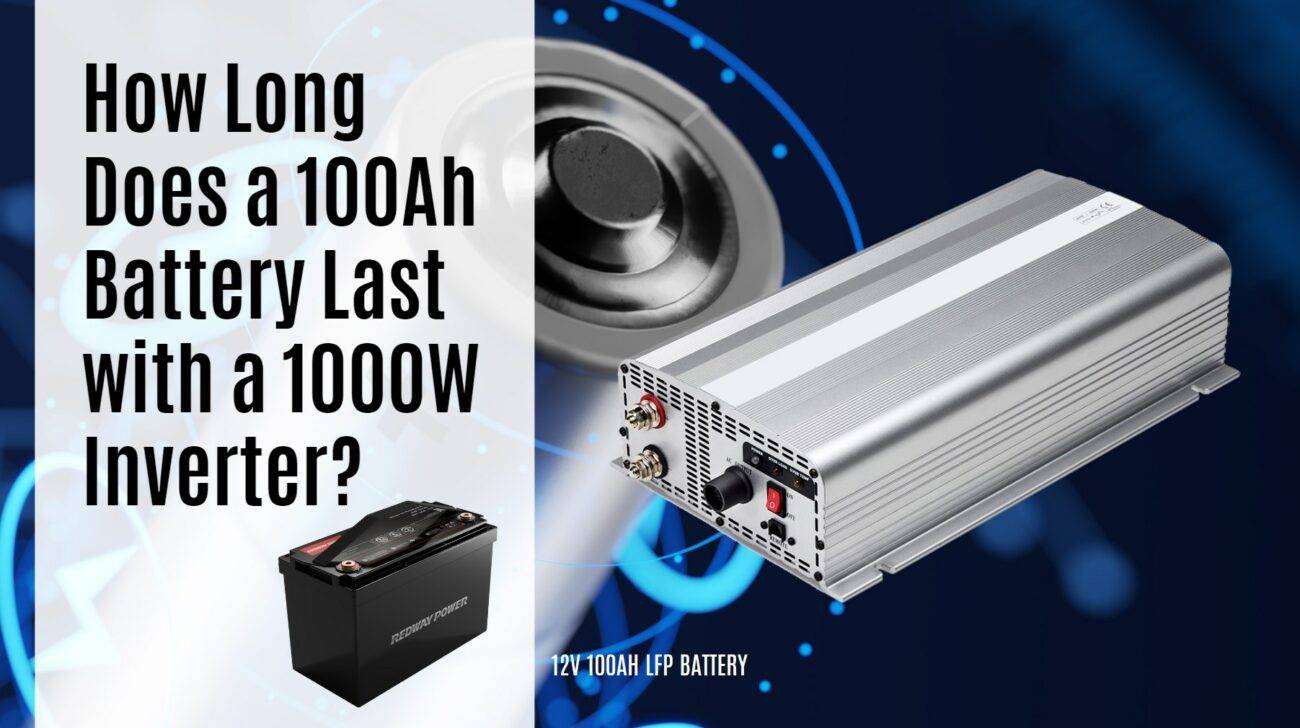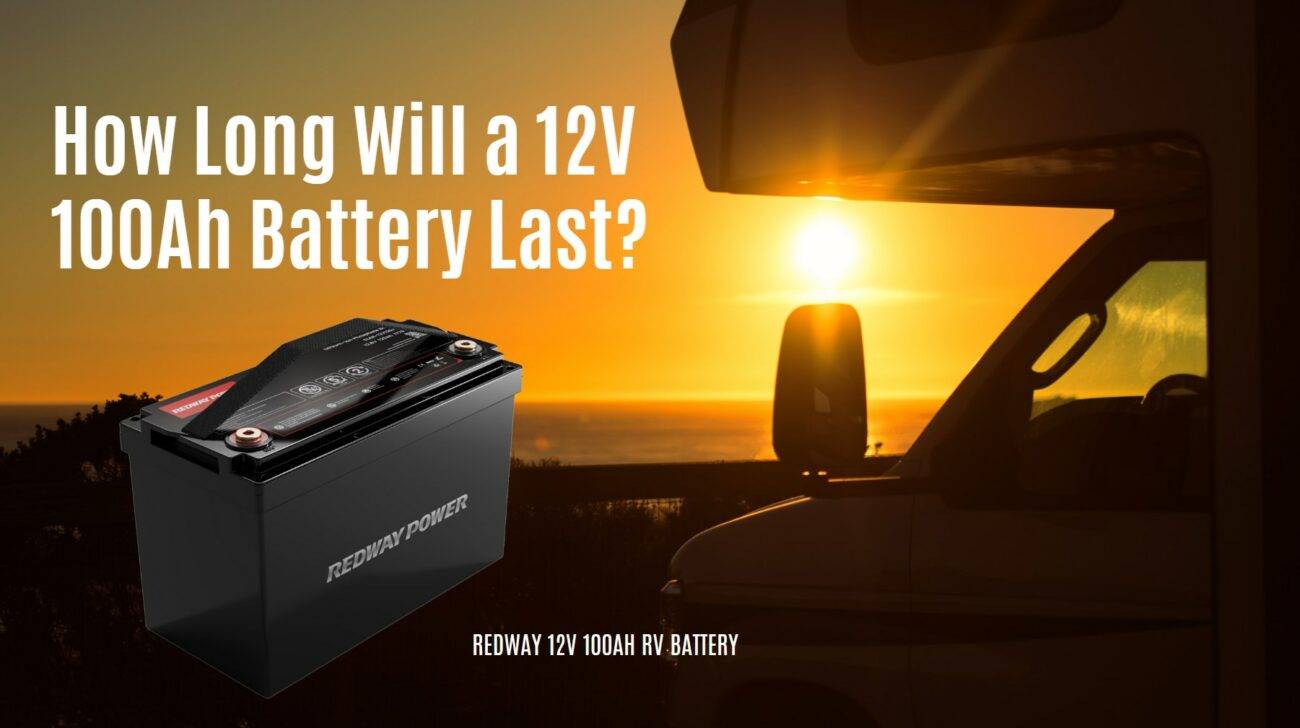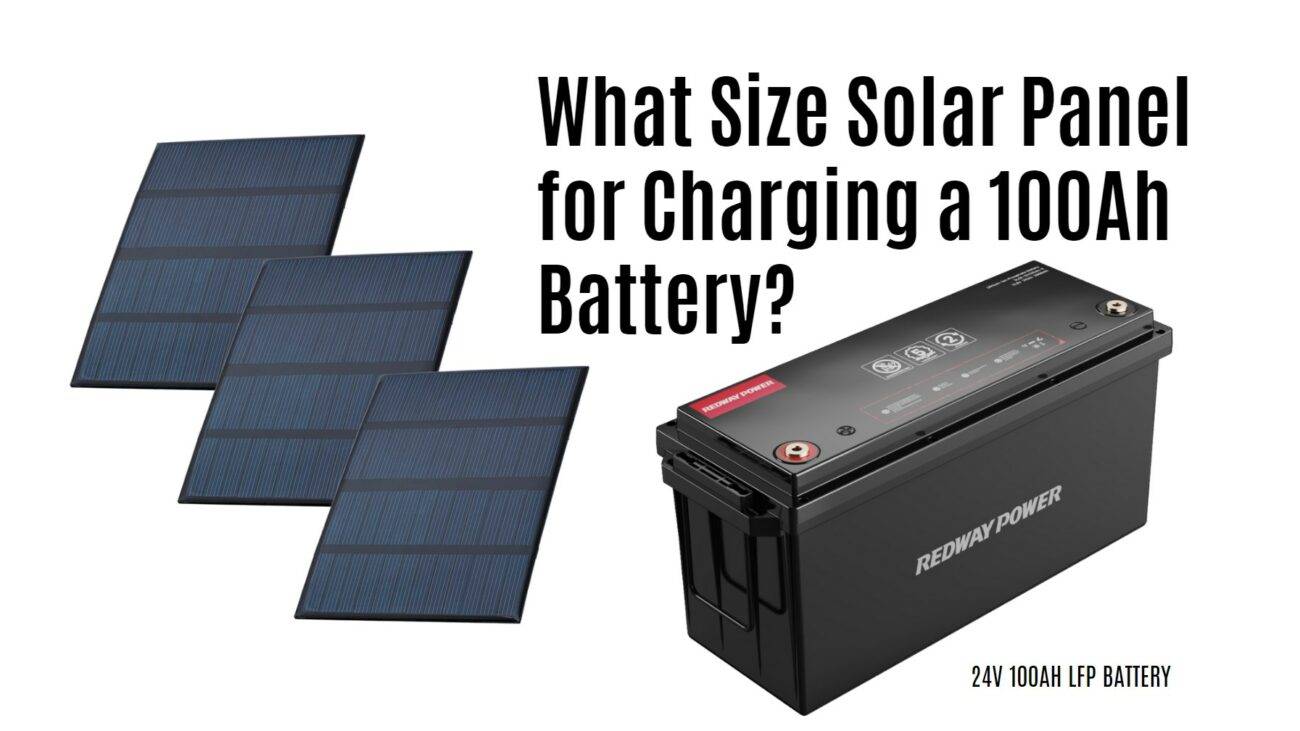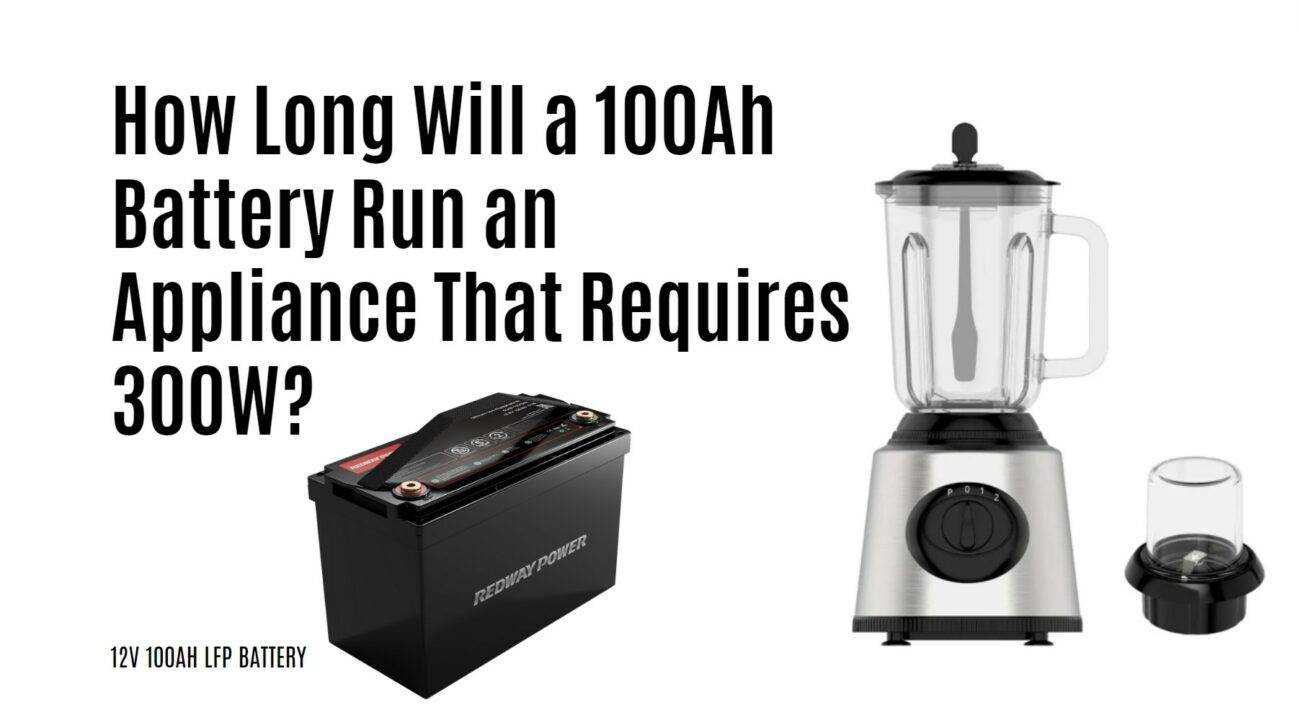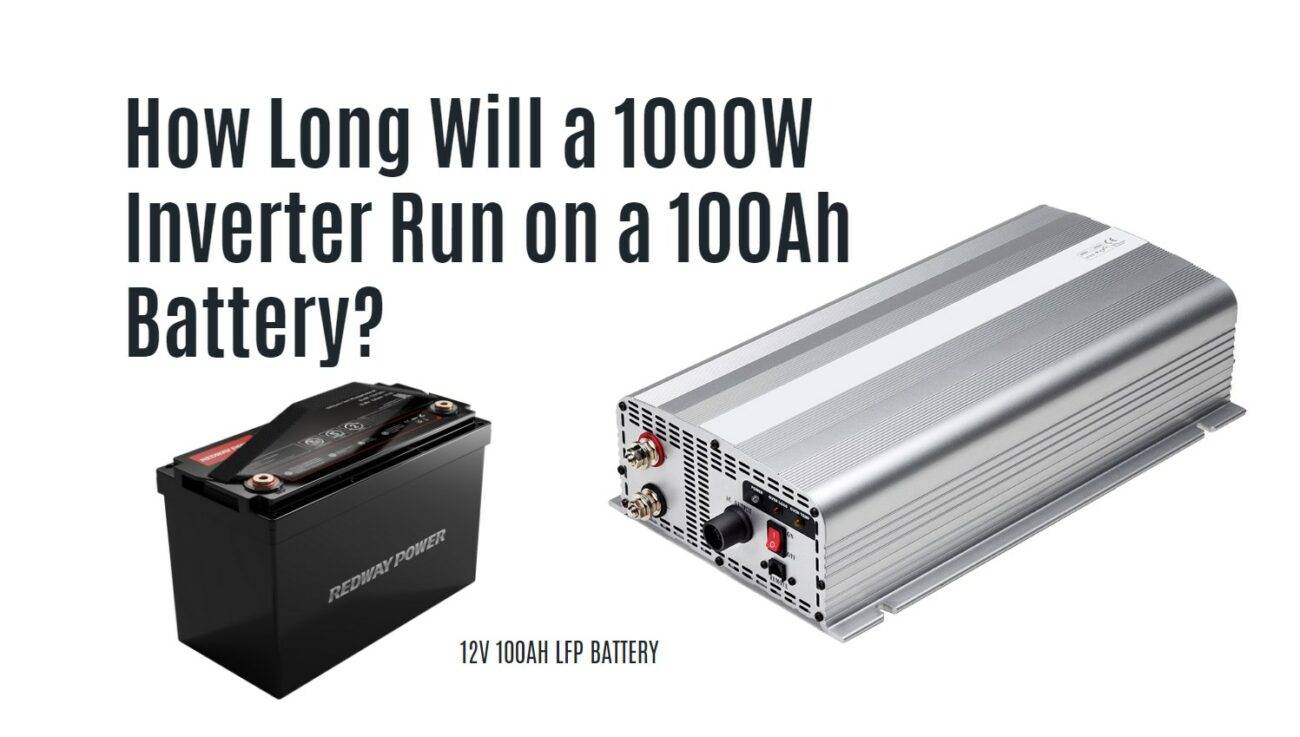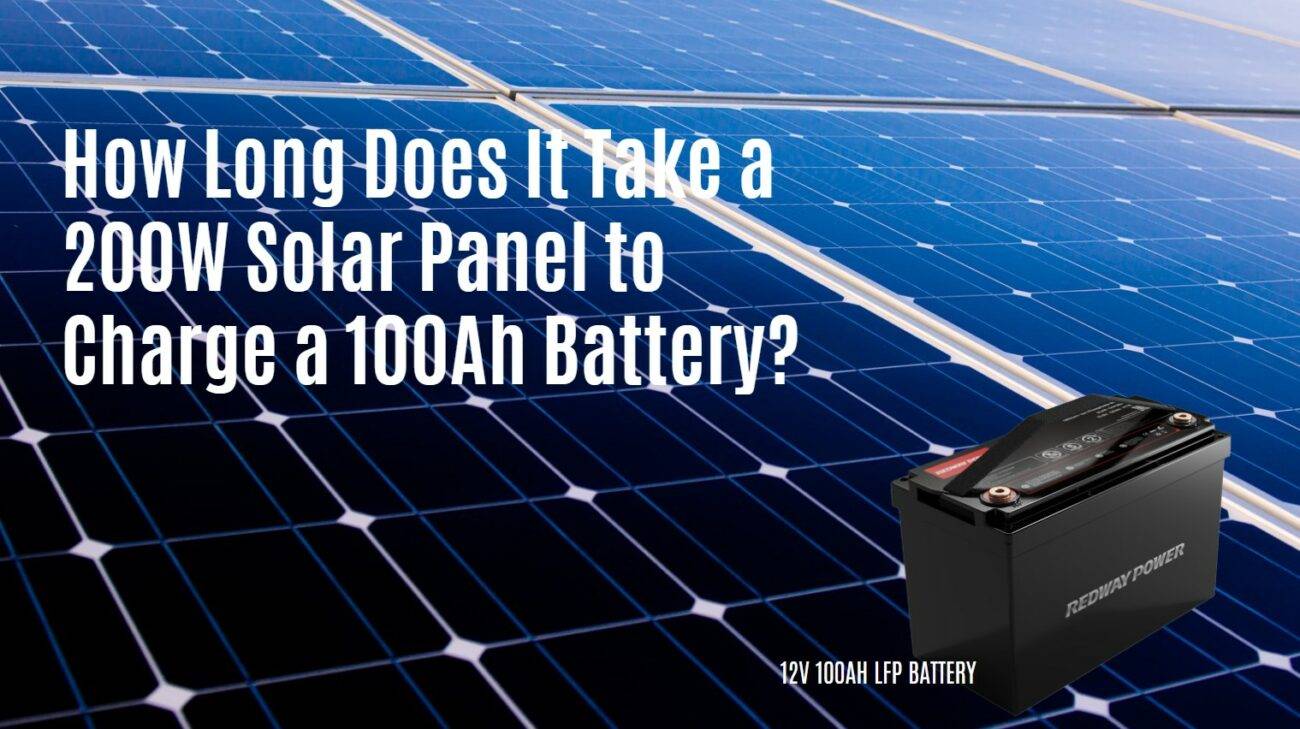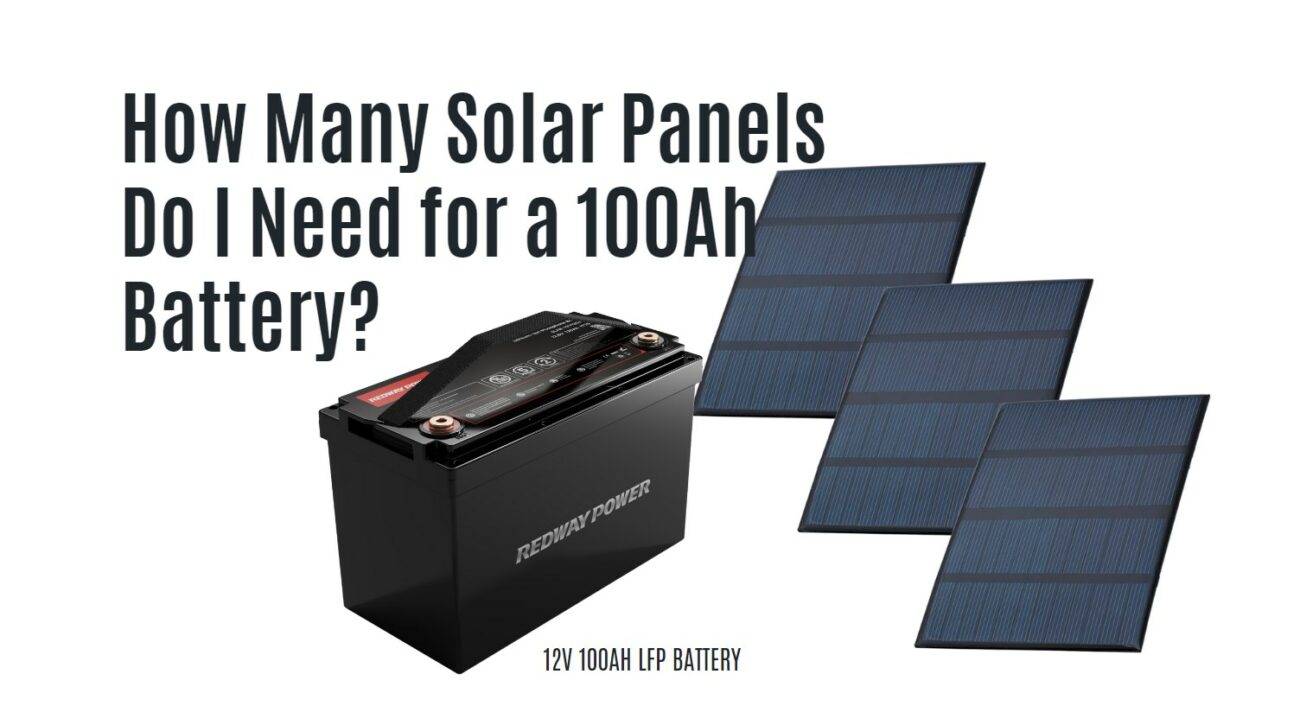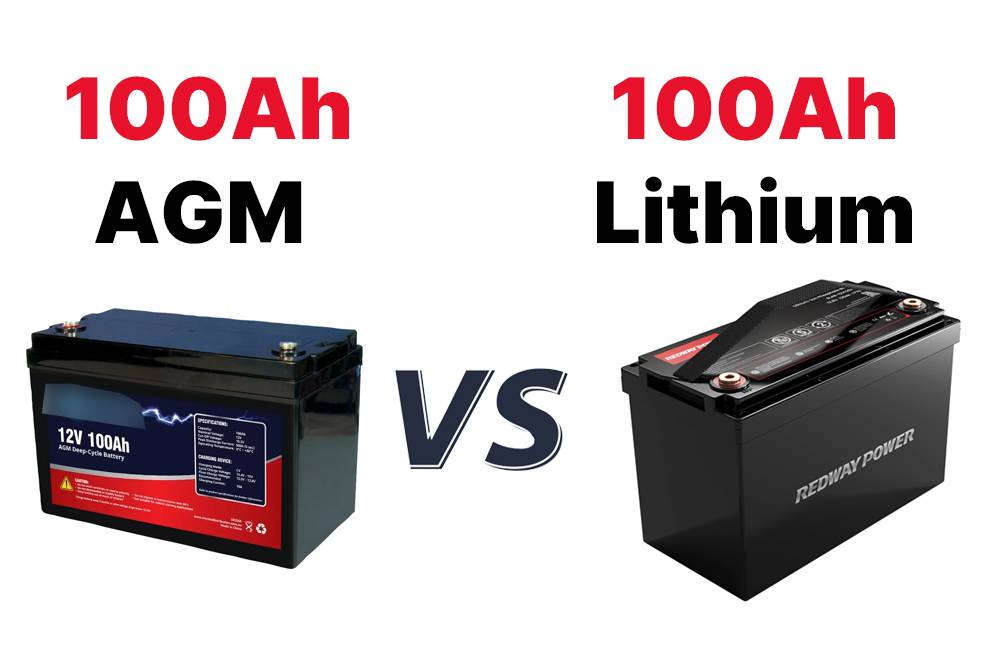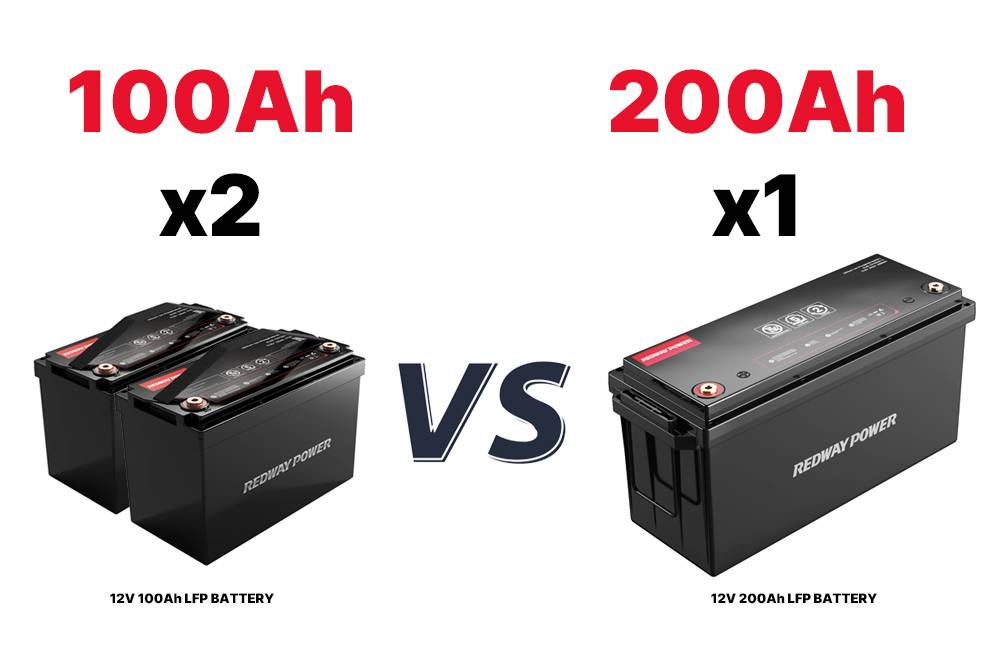- Rack-mounted Lithium Battery
- Golf Cart Lithium Battery
-
Golf Cart Lithium Battery
- 36V 50Ah (for Golf Carts)
- 36V 80Ah (for Golf Carts)
- 36V 100Ah (for Golf Carts)
- 48V 50Ah (for Golf Carts)
- 48V 100Ah (Discharge 100A for Golf Carts)
- 48V 100Ah (Discharge 150A for Golf Carts)
- 48V 100Ah (Discharge 200A for Golf Carts)
- 48V 120Ah (for Golf Carts)
- 48V 150Ah (for Golf Carts)
- 48V 160Ah (Discharge 100A for Golf Carts)
- 48V 160Ah (Discharge 160A for Golf Carts)
-
Golf Cart Lithium Battery
- Forklift Lithium Battery
- 12V Lithium Battery
- 24V Lithium Battery
- 36V Lithium Battery
- 48V Lithium Battery
-
48V LiFePO4 Battery
- 48V 50Ah
- 48V 50Ah (for Golf Carts)
- 48V 60Ah (8D)
- 48V 100Ah (8D)
- 48V 100Ah
- 48V 100Ah (Discharge 100A for Golf Carts)
- 48V 100Ah (Discharge 150A for Golf Carts)
- 48V 100Ah (Discharge 200A for Golf Carts)
- 48V 150Ah (for Golf Carts)
- 48V 160Ah (Discharge 100A for Golf Carts)
- 48V 160Ah (Discharge 160A for Golf Carts)
-
48V LiFePO4 Battery
- 60V Lithium Battery
-
60V LiFePO4 Battery
- 60V 20Ah
- 60V 30Ah
- 60V 50Ah
- 60V 50Ah (Small Size / Side Terminal)
- 60V 100Ah (for Electric Motocycle, Electric Scooter, LSV, AGV)
- 60V 100Ah (for Forklift, AGV, Electric Scooter, Sweeper)
- 60V 150Ah (E-Motocycle / E-Scooter / E-Tricycle / Tour LSV)
- 60V 200Ah (for Forklift, AGV, Electric Scooter, Sweeper)
-
60V LiFePO4 Battery
- 72V~96V Lithium Battery
- E-Bike Battery
- All-in-One Home-ESS
- Wall-mount Battery ESS
-
Home-ESS Lithium Battery PowerWall
- 24V 100Ah 2.4kWh PW24100-S PowerWall
- 48V 50Ah 2.4kWh PW4850-S PowerWall
- 48V 50Ah 2.56kWh PW5150-S PowerWall
- 48V 100Ah 5.12kWh PW51100-F PowerWall (IP65)
- 48V 100Ah 5.12kWh PW51100-S PowerWall
- 48V 100Ah 5.12kWh PW51100-H PowerWall
- 48V 200Ah 10kWh PW51200-H PowerWall
- 48V 300Ah 15kWh PW51300-H PowerWall
PowerWall 51.2V 100Ah LiFePO4 Lithium Battery
Highly popular in Asia and Eastern Europe.
CE Certification | Home-ESS -
Home-ESS Lithium Battery PowerWall
- Portable Power Stations
How Long Does It Take to Charge a 100Ah Battery Using Solar Panels?
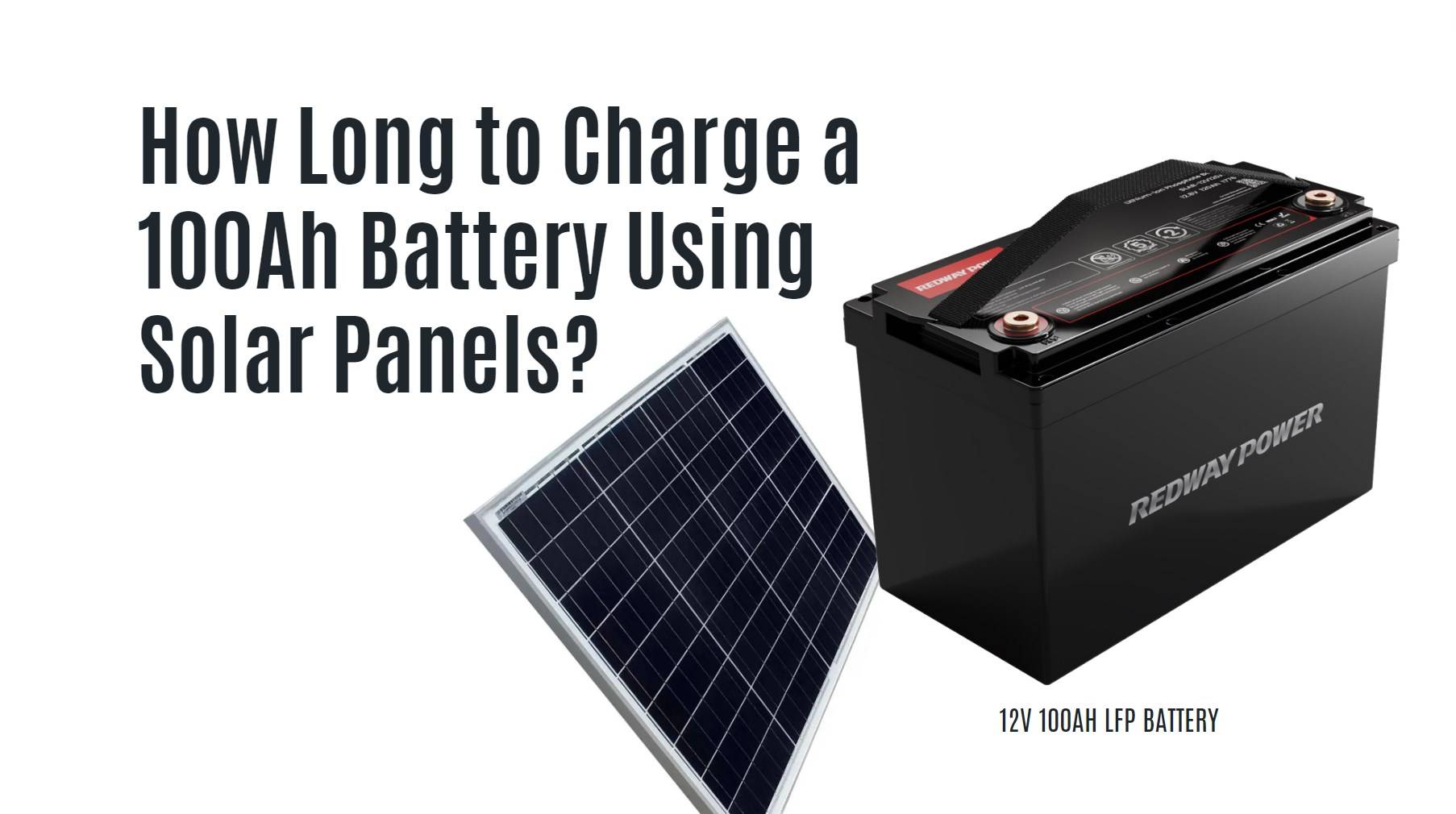
Charging a 100Ah battery using solar panels depends on various factors, including the solar panel’s wattage, sunlight availability, and battery condition. Understanding these elements can help you estimate charging time accurately and optimize your solar setup for efficiency. This article explores how these factors influence charging time and provides best practices for effective solar charging.
What Is Battery Capacity and How Is It Measured?
Battery capacity refers to the amount of electrical energy a battery can store, measured in amp-hours (Ah). For example, a 100Ah battery can theoretically deliver 100 amps for one hour or 1 amp for 100 hours. This measurement is crucial as it determines how long a battery can power devices before needing a recharge.
Chart: Understanding Battery Capacity
| Capacity (Ah) | Usage Example |
|---|---|
| 100 Ah | Powers devices at 100A for 1 hour |
| 50 Ah | Powers devices at 50A for 1 hour |
| 25 Ah | Powers devices at 25A for 1 hour |
How Do Amp-Hours (Ah) Affect Charging Time?
The amp-hour rating directly influences how long it takes to charge a battery. To calculate charging time, you can use the formula:
Charging Time hours =Battery Capacity Ah Charging Current A
For instance, if you are charging a 100Ah battery with a solar panel that provides 10A, the estimated charging time would be:
Charging Time=100 Ah10 A=10 hours
Chart: Charging Time Calculation
| Charging Current (A) | Estimated Charging Time (hours) |
|---|---|
| 5 | 20 |
| 10 | 10 |
| 20 | 5 |
What Factors Influence the Charging Time of a 100Ah Battery with Solar Panels?
Several factors affect how long it takes to charge a battery using solar panels:
- Solar Panel Wattage: Higher wattage panels produce more current, reducing charging time.
- Sunlight Availability: Direct sunlight increases panel efficiency; cloudy or shaded conditions decrease output.
- Battery Condition: A well-maintained battery charges more efficiently than one that is old or damaged.
- Temperature: Extreme temperatures can affect charging efficiency; batteries charge best at moderate temperatures.
Chart: Factors Influencing Charging Time
| Factor | Impact on Charging Time |
|---|---|
| Solar Panel Wattage | Higher wattage = shorter time |
| Sunlight Availability | More sunlight = shorter time |
| Battery Condition | Good condition = faster charge |
| Temperature | Moderate temps = optimal charge |
How Do Solar Panel Specifications Impact Charging Efficiency?
The specifications of your solar panels play a crucial role in determining how efficiently they charge your battery:
- Wattage Rating: The higher the wattage, the more energy produced under optimal conditions.
- Voltage Output: Ensure your solar panel voltage matches your battery voltage (e.g., using a 12V panel for a 12V battery).
- Efficiency Rating: Higher efficiency panels convert more sunlight into usable energy, improving overall performance.
Chart: Solar Panel Specifications
| Specification | Description |
|---|---|
| Wattage | Total power output |
| Voltage | Must match battery voltage |
| Efficiency Rating | Percentage of sunlight converted to electricity |
What Are Best Practices for Charging a 100Ah Battery with Solar Power?
To optimize your solar charging setup and ensure efficient charging of your 100Ah battery, follow these best practices:
- Use High-Efficiency Panels: Invest in quality solar panels with high efficiency ratings.
- Position Panels Correctly: Ensure panels are angled toward the sun and free from obstructions.
- Monitor Weather Conditions: Be aware of weather changes that could affect sunlight availability.
- Regular Maintenance: Keep solar panels clean and check connections regularly to ensure optimal performance.
Chart: Best Practices Overview
| Practice | Description |
|---|---|
| Use High-Efficiency Panels | Increases charging speed |
| Position Panels Correctly | Maximizes sunlight exposure |
| Monitor Weather Conditions | Adjust usage based on forecasts |
| Regular Maintenance | Ensures optimal performance |
Industrial News
The demand for solar power solutions continues to grow as advancements in technology make them more efficient and accessible. Recent developments focus on improving solar panel efficiency and integrating smart technology into energy systems. As more consumers adopt renewable energy solutions, manufacturers are prioritizing innovative designs that enhance performance while reducing costs.
Expert Insight
“Understanding how to effectively charge your batteries using solar power can significantly enhance your off-grid experience,” states an industry expert. “By considering factors such as panel specifications and environmental conditions, users can maximize their system’s performance.” This perspective emphasizes the importance of informed choices when utilizing solar energy systems.

FAQ Section
How long does it take to charge a 100Ah battery with solar panels?
Charging time depends on several factors, including panel wattage and sunlight availability, but it typically ranges from several hours to over a day.
Can I use any solar panel to charge my battery?
No, ensure that the solar panel’s voltage matches your battery’s voltage rating for safe and effective charging.
What should I do if my battery isn’t charging properly?
Check connections, ensure adequate sunlight exposure, and verify that your solar panel is functioning correctly.
Where to Find Current Prices for Lithium Batteries?
How Understanding Factors Optimizes Charging Process?
What is Trickle Charging and Its Application?
How Fast Charging Affects Battery Health Compared to Standard?
What Are Common Charging Methods for Lithium Batteries?
How Does BMS Influence Lithium Battery Charging Time?
What Role Does Charger Efficiency Have in Charging?
Which Factors Determine Lithium Battery Charging Time?
How Long Does It Take to Charge a 100Ah Lithium Battery?
- Can I use multiple solar panels to reduce the charging time?
- Yes, connecting multiple solar panels in parallel can increase the overall charging current and reduce the charging time.
- What if the solar panel output is lower than the battery capacity?
- If the solar panel output is lower than the battery capacity, it will take longer to fully charge the battery.
- Can I charge a 100Ah battery using a smaller solar panel?
- Yes, you can charge a 100Ah battery using a smaller solar panel, but it will take longer to reach a full charge.













